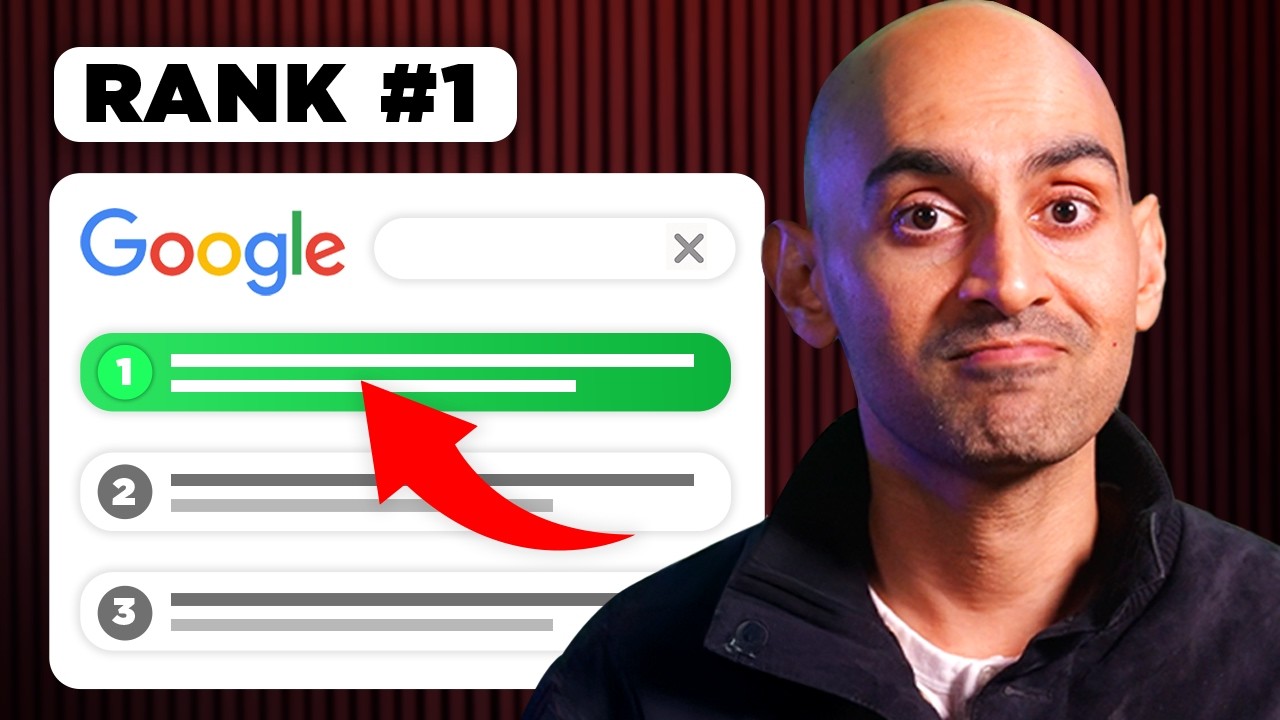Contents
Over the years, paid advertising has evolved into a powerful tool for individuals and businesses looking to expand their reach. By strategically investing in paid ads, you can effectively target specific demographics, increase brand visibility, and drive traffic to your platforms. This guide will provide you with vital insights and actionable strategies to leverage paid advertising, enabling you to connect with a broader audience and achieve your marketing goals.
Key Takeaways:
- Define clear objectives for your advertising campaigns to ensure targeted messaging and effective use of budget.
- Utilize data analytics to reach specific demographics and improve ad performance through continuous optimization.
- Consider a variety of platforms, including social media, search engines, and display networks, to maximize reach and engagement.
Understanding Paid Advertising
Your comprehension of paid advertising is imperative for expanding your visibility. Paid advertising allows you to target specific demographics and promote your products or services to people who are most likely to convert. This strategic approach not only helps you reach a broader audience but also maximizes your marketing budget by focusing your efforts where they matter most.
Types of Paid Advertising
Your options for paid advertising include various formats tailored to reach diverse audiences effectively.
- Search engine ads
- Social media advertisements
- Display ads
- Influencer partnerships
- Email marketing promotions
Any of these can drive significant engagement and improve brand visibility.
| Type | Description |
| Search Ads | Appear in search engine results, targeted by keywords. |
| Social Media Ads | Promoted content on platforms like Facebook and Instagram. |
| Display Ads | Visual ads placed on websites and apps. |
| Influencer Ads | Promotions through individuals with large followings. |
| Email Ads | Targeted promotions sent via email newsletters. |
Benefits of Paid Advertising
Any effective marketing strategy highlights the advantages of investing in paid advertising. This approach can yield immediate results, enhance brand awareness, and improve overall lead generation.
But the benefits extend beyond simple visibility. Paid advertising enables you to analyze campaign performance, refine your messaging, and increase your return on investment over time. By allocating resources toward paid efforts, you achieve better control over your marketing outcomes, leading to higher engagement and sustainable growth for your brand.
Targeting Your Audience
One of the key advantages of paid advertising is the ability to effectively target your audience. By honing in on specific demographics, interests, and behaviors, you can ensure your ads reach the right people. For helpful insights, refer to these Tips for Effective Paid Advertising in Strategic … that can enhance your targeting strategy.
Identifying Your Target Market
An vital step in your advertising strategy is to identify your target market. Begin by understanding who your ideal customers are, considering factors like age, gender, location, and buying habits. Conducting thorough market research will enable you to create ads that resonate with your audience’s preferences and needs.
Utilizing Audience Segmentation
Segmentation is a powerful strategy that allows you to divide your audience into distinct groups based on certain criteria. By using audience segmentation, you can create tailored advertisements that speak directly to the unique interests and behaviors of each group, making your campaigns more effective and engaging.
Hence, employing audience segmentation can lead to better ad performance and ultimately drive higher conversion rates. By focusing on specific segments, such as age groups, interests, or purchasing behaviors, you can allocate your advertising budget more efficiently and craft messages that resonate deeply with each segment, ensuring your ads don’t just reach a wider audience but the right audience.
Choosing the Right Platforms
To effectively leverage paid advertising, it’s vital to choose platforms that align with your target audience and marketing goals. Each advertising platform offers unique features and user demographics, making it vital for you to research and identify which ones will yield the best results for your campaign. Consider where your audience spends their time and how each platform’s capabilities—such as ad formats and targeting options—can support your objectives.
Social Media Advertising
On social media platforms, you can target your audience based on their interests, behaviors, and demographics. With options like Facebook, Instagram, Twitter, and LinkedIn, you have the flexibility to create engaging ads that resonate with users. By crafting tailored content for each platform, you can enhance your brand visibility and connect with potential customers more effectively.
Search Engine Advertising
Before submerging into search engine advertising, it’s vital to understand how it works. By placing ads on search engines like Google, you can target users who are actively searching for products or services similar to what you offer. This approach allows you to capture high-intent traffic and improve your chances of converting clicks into sales.
Considering search engine advertising can be beneficial for your business as it enables you to position your brand in front of users at the exact moment they are seeking solutions. With tools like Google Ads, you can create targeted campaigns based on keywords relevant to your offerings. This not only boosts your visibility but also allows you to optimize your ad spend through pay-per-click (PPC) strategies, ensuring every dollar spent drives potential customers to your website.
Crafting Compelling Ads
Despite the increasing competition in the digital advertising landscape, crafting compelling ads can set your brand apart. To succeed, you must understand your audience’s desires and pain points. Visit Defining & Reaching Your Target Audience through Paid … to gain insights on this vital aspect.
Key Components of Effective Ads
On your journey to create effective advertisements, focus on clarity, visual appeal, and strong calls to action. Make sure your messaging resonates with your target audience, leading them to engage and act.
Strategies for Engaging Content
Along with clear messaging, your ads should inspire excitement and curiosity. Utilize storytelling and emotional triggers to make a lasting impression. Interactive elements can also increase engagement, encouraging your audience to connect meaningfully with your brand.
Indeed, employing strategies that evoke emotion or curiosity can significantly enhance your ad performance. Utilize visuals that resonate with your audience’s experiences, and don’t shy away from incorporating user-generated content when appropriate. This fosters a sense of community and trust, making your ads more relatable and shareable, ultimately driving your efforts to reach a wider audience.
Budgeting for Paid Advertising
Not having a clear budget for your paid advertising can lead to overspending and ineffective campaigns. It’s necessary to define how much you can allocate towards advertising without impacting your overall financial health. This involves assessing your goals and the expected return on investment to ensure that your advertising efforts are sustainable and beneficial in the long run.
Setting an Advertising Budget
Budgeting for your advertising involves determining the amount you can comfortably spend while still maintaining profitability. Start by analyzing your current expenses and revenue, then establish a percentage of your revenue that you can invest in advertising. This percentage should align with your business goals, market competition, and growth strategy, ensuring that your advertising initiatives contribute positively to your bottom line.
Measuring Return on Investment (ROI)
Paid advertising can be highly effective, but understanding its value through ROI measurement is necessary. You should track the performance of your ads to see how much revenue they generate compared to the costs incurred. This evaluation will help you refine your strategies, optimizing future campaigns based on what works best for your audience.
Advertising ROI assessment involves calculating the revenue generated from your ad campaigns and comparing that to the total costs. To get a clearer picture, consider using metrics like conversion rates, cost per acquisition, and overall sales attributed to each advertising effort. By regularly analyzing this data, you can make informed decisions, adjust your strategies, and ultimately ensure that your advertising dollars are being used effectively to maximize returns.
Analyzing and Optimizing Campaigns
Once again, the success of your paid advertising campaigns relies heavily on your ability to analyze and optimize them effectively. By carefully examining performance data, you can identify trends, and make informed decisions that can significantly enhance the impact of your ads. This ongoing process ensures that you maximize return on investment while creatively engaging your audience in ways that resonate with them.
Tracking Performance Metrics
At the heart of optimizing your campaigns lies the tracking of performance metrics. By monitoring key indicators such as click-through rates, conversion rates, and customer engagement, you can gain valuable insights into what’s working and what isn’t. This data aids in creating informed strategies to improve the effectiveness of your campaigns.
Making Data-Driven Adjustments
Below, you’ll find that adjusting your strategies based on the collected data not only enhances performance but also allows you to allocate your budget more effectively. Utilizing A/B tests, refining target audiences, and re-evaluating your ad creative are all components of this ongoing optimization process. The more agile you are in making these adjustments, the better your campaigns will perform.
Also, prioritizing data-driven adjustments can lead to improved audience engagement and increased conversions. For instance, if you notice a specific demographic is responding well to a particular ad, doubling down on that audience can yield higher returns. Likewise, if certain keywords aren’t performing as expected, reallocating your budget to invest in higher-performing alternatives ensures your ads are more efficient. Consistently revisiting this data enables you to stay ahead of trends and adapt your campaigns, ultimately leading to more successful outcomes.
Final Words
On the whole, utilizing paid advertising allows you to effectively reach a broader audience and maximize your marketing efforts. By strategically investing in various advertising platforms, you can target specific demographics, track your performance, and refine your approach to ensure that your message resonates. With the right strategy and tools, you can significantly enhance your visibility and engagement, ultimately leading to greater results for your business. Embrace the potential of paid advertising to unlock new opportunities and drive growth.








